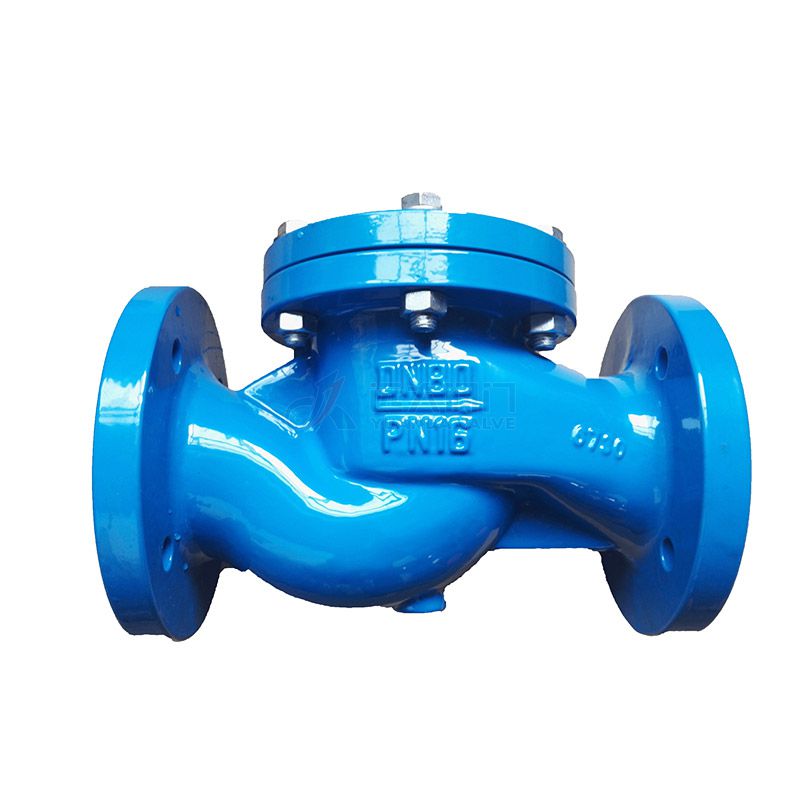Valves play a critical role in water supply systems, controlling the flow, pressure, and direction of water. Choosing the right valve is essential to ensure system efficiency, reduce maintenance costs, and extend the lifespan of your water network. This guide will help engineers, facility managers, and project planners select the most suitable valves for various water supply applications.
Different valves serve different purposes in water systems:
Gate Valve: Designed for on/off control, gate valves allow minimal flow restriction. They are ideal for pipelines that require full flow or complete shut-off. Typical gate valves have pressure ratings from PN16 to PN40, nominal diameters ranging from DN50 to DN1200, and are made from cast iron, ductile iron, or stainless steel. They operate in temperatures from -10°C to 120°C and come with flanged, threaded, or wafer connections.
Globe Valve: Globe valves provide precise flow regulation, making them suitable for pressure control and throttling applications. Common globe valves have pressure ratings from PN16 to PN64, nominal diameters from DN15 to DN600, and are usually constructed from stainless steel or carbon steel. They can handle temperatures from -20°C to 200°C and are available in flanged or threaded connections.
Ball Valve: Known for fast operation and reliable sealing, ball valves are perfect for frequent on/off cycles. Typical ball valves support pressures from PN10 to PN63, diameters from DN10 to DN300, and are made of stainless steel or brass. They operate in temperatures ranging from -20°C to 150°C and are available with threaded, flanged, or welded connections. Ball valves offer 100% bubble-tight shut-off.
Butterfly Valve: Compact and cost-effective, butterfly valves are suitable for large-diameter pipelines requiring moderate flow control. They typically handle pressures from PN6 to PN25, diameters from DN50 to DN2000, and are made from ductile iron or stainless steel. Operating temperatures range from -20°C to 120°C, with disc seals made of EPDM, NBR, or PTFE, and connections available in wafer or lug types.
Check Valve: Essential for preventing backflow, check valves protect pumps and other critical equipment from damage. Standard check valves have pressure ratings from PN10 to PN40, nominal diameters from DN15 to DN600, and are made from cast iron or stainless steel. They operate in temperatures from -10°C to 150°C and are typically flanged or wafer connected.

Material choice affects durability and safety:
Stainless Steel: Resistant to corrosion, ideal for potable water and harsh environments.
Cast Iron / Ductile Iron: Durable and widely used in municipal water systems.
Brass / Bronze: Suitable for smaller pipelines, especially in residential or light commercial applications.
Valves must match the system’s operating requirements:
Pressure Rating: Ensure the valve can withstand maximum system pressure.
Temperature: Consider seasonal temperature variations and hot water requirements.
Flow Requirements: Analyze flow rate and pressure drop to maintain system efficiency.
Ease of installation and maintenance is key for long-term performance:
Installation Space: Some valves require more room or special fittings.
Maintenance Needs: Opt for valves that are easy to inspect, clean, and repair.
Automation Compatibility: Modern water systems often use automated controls; select valves that support actuators or remote operation.
Selecting the right valve for water supply systems requires understanding valve types, materials, operating conditions, and maintenance requirements. By carefully evaluating these factors and reviewing product specifications, engineers and facility managers can achieve safe, efficient, and cost-effective water distribution solutions.